Every monarch since Queen Victoria has been carried on a funeral train. When King Edward died in 1910 at the age of only 68 years old, he was carried on just such a train to Windsor and Eton Central station for his funeral. But this practice wasn't limited to royalty at all - from 1854 the ordinary man or woman's mortal remains could also be transported from the city to their final resting place in the beautiful Surrey countryside.
In the 1850s, following a doubling of its population, London's churchyards were seriously overcrowded. Necessary legislation was passed in 1852, with the Burial Act facilitating the first public cemeteries around the capital. They then spread out to the Home Counties. Brookwood Cemetery was a private burial ground opened and run by the London Necropolis & National Mausoleum Company. It buried a lot of London's poor in a much more dignified fashion than mass pauper graves and it's said that Brookwood probably took on half of East London's late residents during its heyday. Special trains were put on so the parent railway company's living customers could not possibly end up on a carriage that had recently contained caskets. They ran daily from Waterloo, which had a casket-loading platform complete with hydraulics. The trains had separate hearse cars for Anglican and non-Anglican dead (which corresponded to the south and north sides of Brookwood. There were also divisions of class - a first-class fare saw mourners housed in fancier compartments and the coffins handled much more carefully than second, and third fell below event that. Which isn't to say third-class wasn't perfectly civilised.
In 1902 a beautiful new station was opened on Westminster Bridge Road, with the Waterloo terminus building being demolished to make way for the growth of the latter. It was designed to look much fancier than any normal funeral directors. The daily trains also stopped, and services were then laid on as and when needed, until 1941 when WWII bombings destroyed it all. They never ran again.
Anyway, onto the service itself. These sombre trains left London and wound their way through the suburbs, past my home town of Walton on Thames and terminating (perhaps an unfortunate choice of word there) at the Gothic stations built within the cemetery itself - the north and south areas had their own station.
Brookwood Cemetery is a fascinating place. It's still very much in operation and, as such, I had to get special permission to visit and take some photographs. They kindly agreed since I was doing this for a history piece and would obviously not be snapping any modern gravestones. Besides, the older ones are so much more dramatic! Let me first show you where the railway came into the cemetery.
Ta da!
It's no longer there any more, of course but its ghost remains. The path from the North station is shown above. From Brookwood station the trains would turn and trundle through the grounds to the South station building. Neither are there any more, sadly - the North station was demolished in the 60s due to dry rot, and the South burned down in the 70s. A monastery now stands on the original place of the latter.
This is the spectre of the South line, the old station would have been just beyond the horizon.
This photo, if you look carefully, also features snow. Brr.
Many of the King's contemporaries (or at least notable personages from his time as Prince of Wales) are buried here. Dr Gottleib Leibner is one chap who will feature in a future post on here, due to his work. And if he doesn't embody the image of a Victorian gent, then I don't know who does.
More fascinating still, perhaps, are the memorials of those who are all-but-forgotten. Take this beautiful statue of an obscure lady who was married to an obscure man.
I don't know what Mrs Faulkiner did in her time, but her grave has incited avarice in robbers not so long ago, with the owners of Brookwood finding it toppled and wrapped, ready to be taken away in the night...
I wanted to capture some classic Edwardian gravestones. They seem to feature a lot of flora. Ivy...
And clematis and passion flowers.
They were also fond of angels, always with finger pointing towards heaven.
Then, there's the beautiful Lady Mary Laura Wyatt, who reads serenely for all eternity.
This picture does not adequately convey just how blooming FREEZING it was that day.
I couldn't feel my feet by this point.
I couldn't feel my feet by this point.
If King's Ginger had been available to the masses back then, I feel pretty sure it would have been sipped by chilled mourners to boost the spirits and bolster them against inclement weather. I didn't drink any of course, nor did I pose with it near any gravestones as both would have felt very disrespectful. But I did take it on a journey along the ghostly railway.
Thank you to the owners of Brookwood Cemetery for granting me permission to take photos and write this story! I hope you have all enjoyed it, as ever, do let me know!
Fleur xx
DiaryofaVintageGirl.com






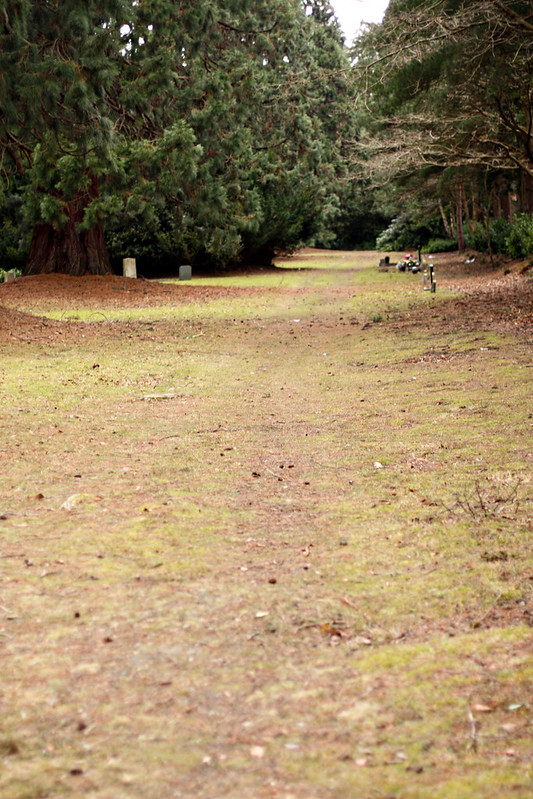
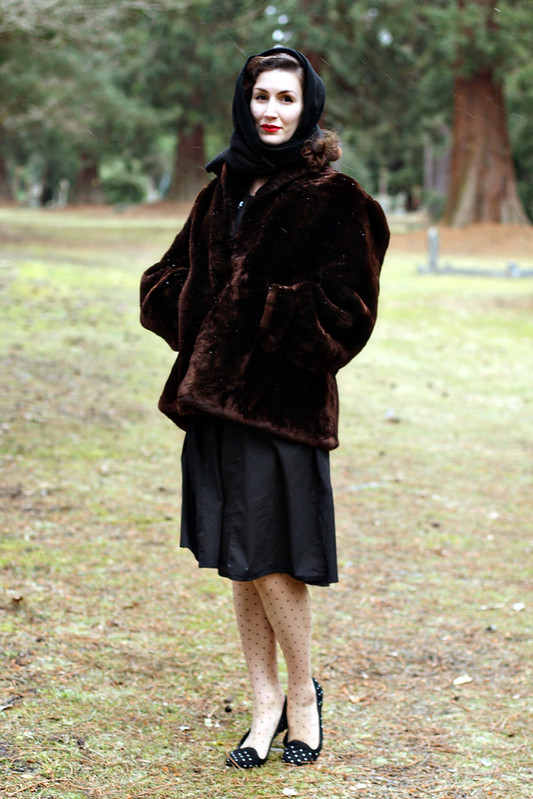

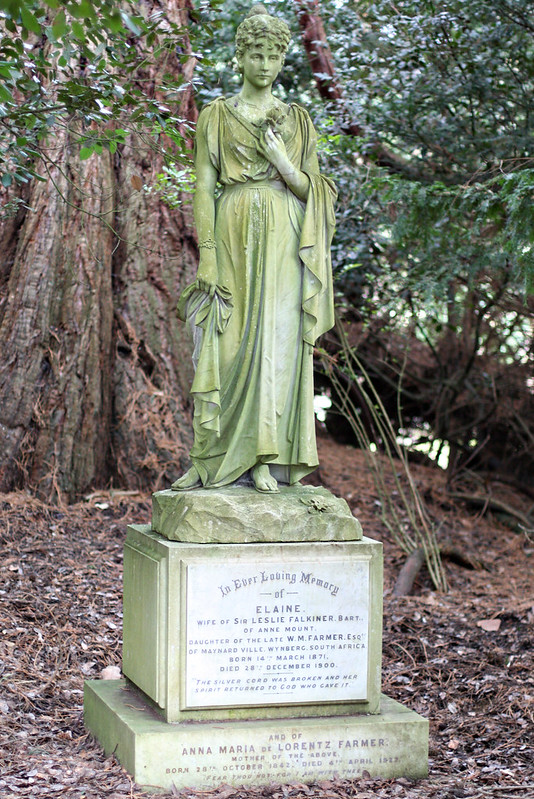
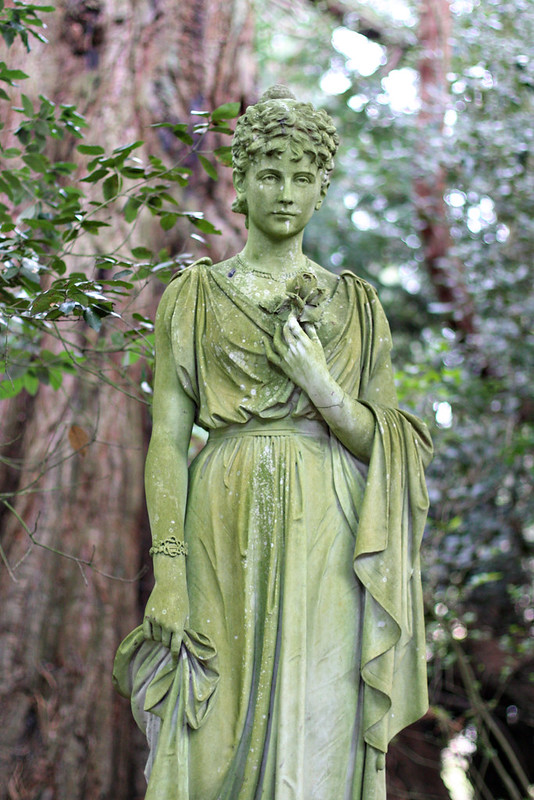
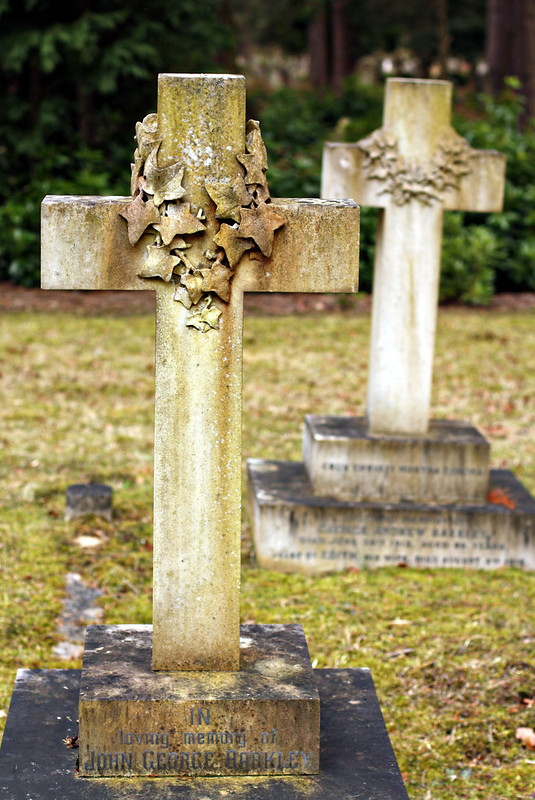
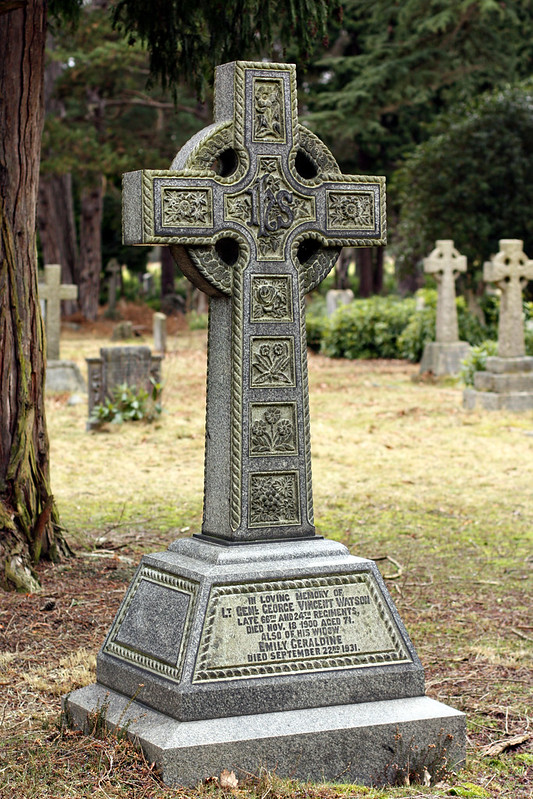





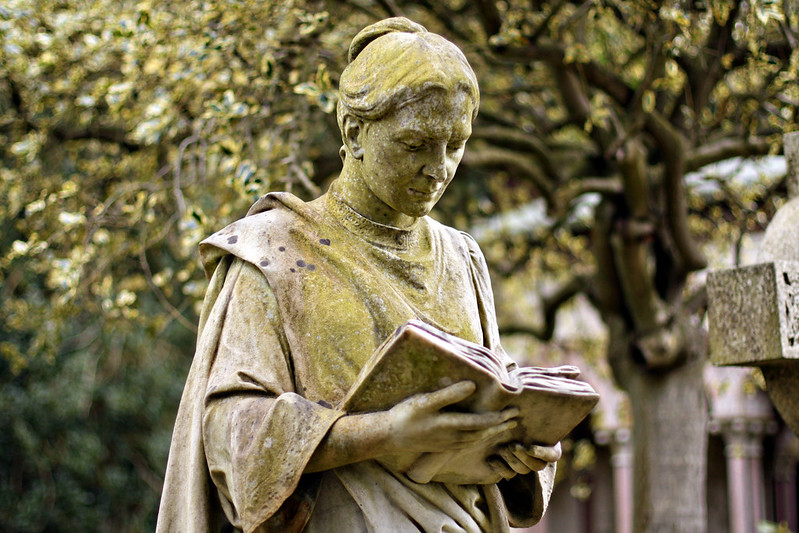


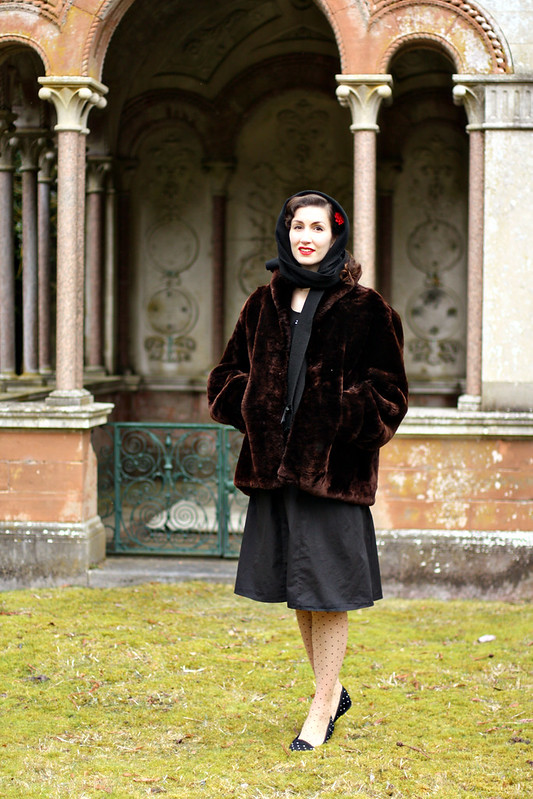
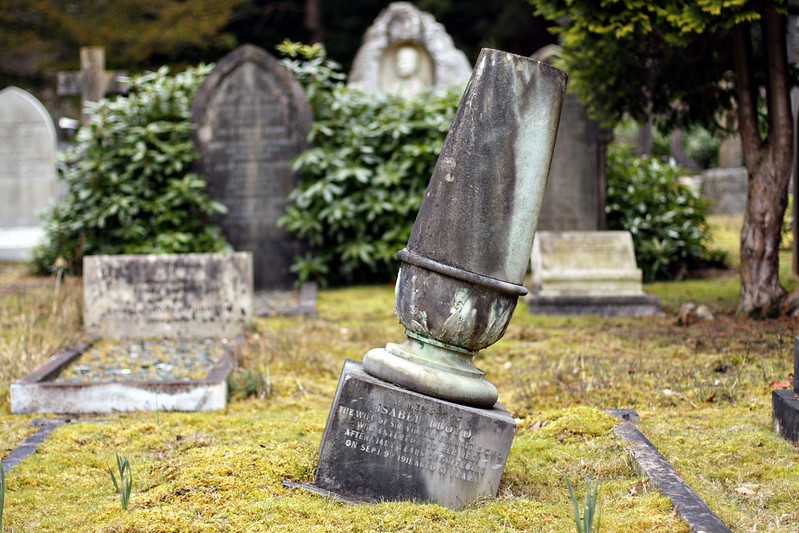
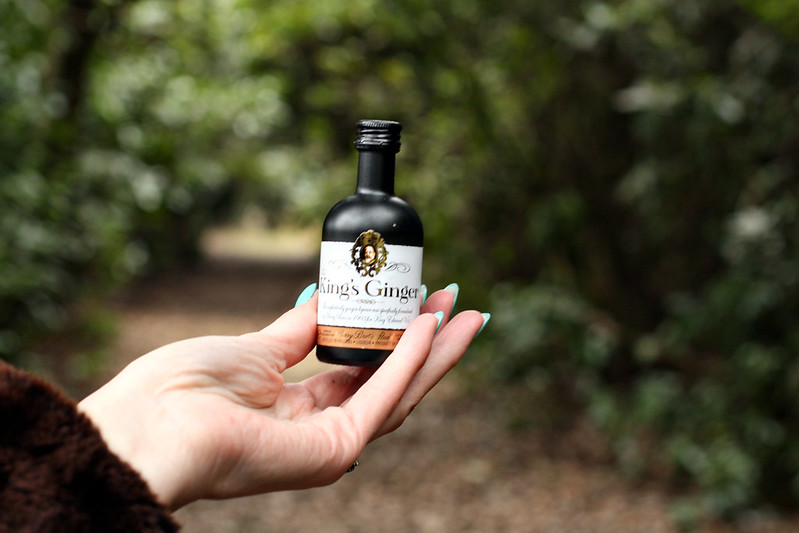
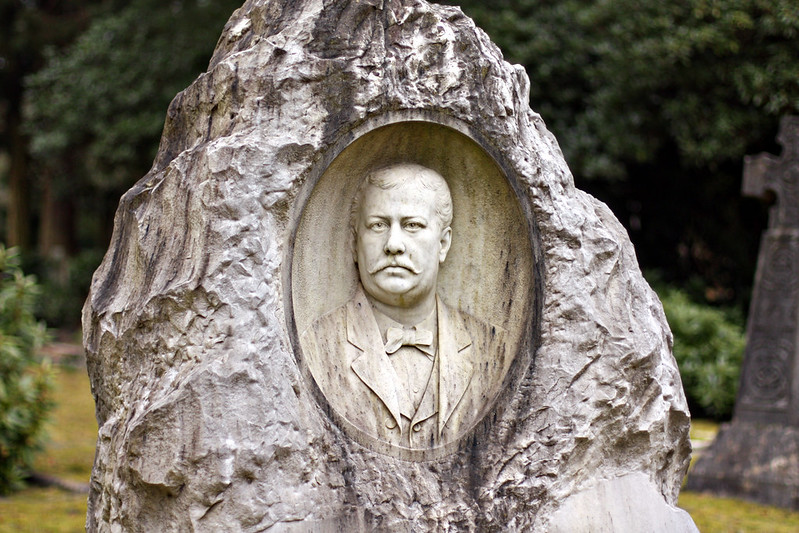


0 comments:
Post a Comment